Find Certified Asbestos Removal Contractors Near You
Safe & Reliable Asbestos Abatement Services
ExcavationHQ connects you with licensed and certified asbestos removal contractors in the USA. Protect your health and ensure proper asbestos abatement with qualified professionals. Get free quotes and compare services today.
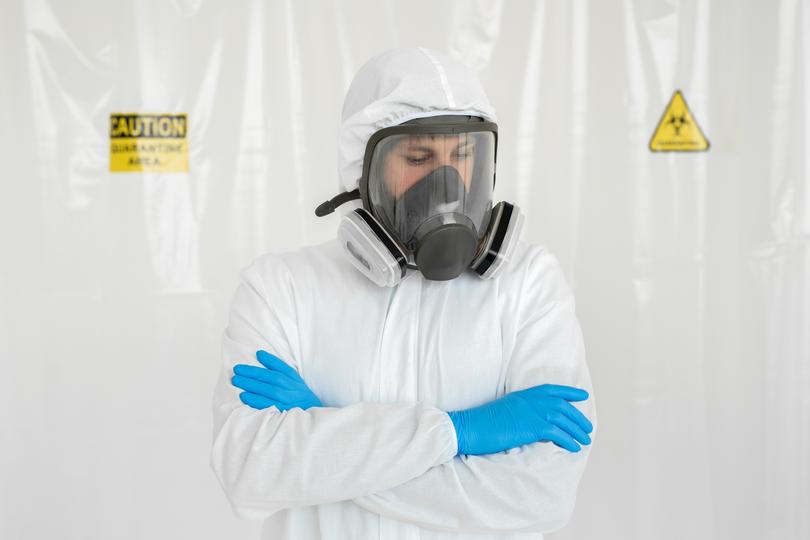
Discover Other Environmental Services
ExcavationHQ offers a range of environmental services. Find contractors for environmental testing, hazardous waste disposal, site remediation and more.
Find reliable excavation contractors near you. Get quotes for site preparation, grading, trenching, and more.
Need a structure removed safely and efficiently? Find experienced demolition contractors for projects big and small.
From hauling to delivery, find dirt contractors that can handle your soil and aggregate needs for any project.
Find reliable and experienced construction companies in your area for new home builds, renovations, and commercial projects.
Finding The Right Asbestos Removal Contractor Is Easy
ExcavationHQ simplifies the process of connecting with qualified asbestos abatement professionals.
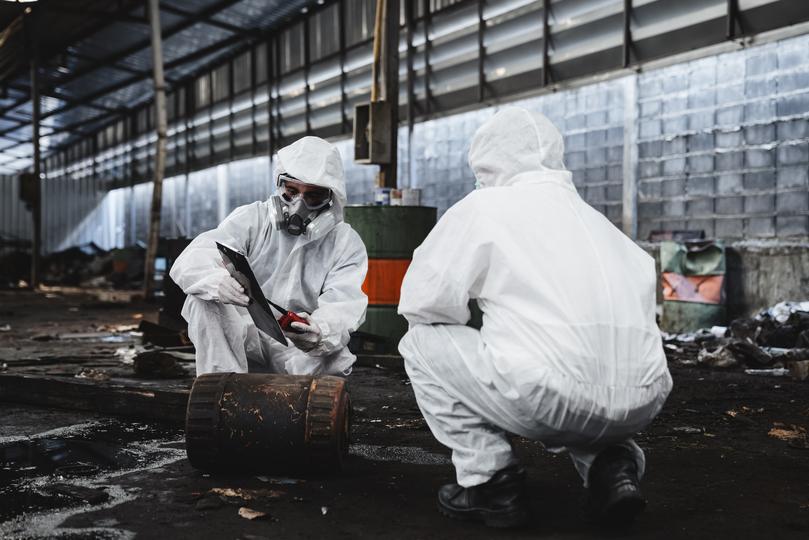
- Tell Us About Your Asbestos Concerns
- Describe the areas where asbestos is present, the type of material, and the extent of the suspected asbestos issue. Provide details about your property type and project scope.
- We Connect You With Qualified Contractors
- We'll match you with licensed and certified asbestos removal contractors in your area who specialize in handling asbestos abatement projects like yours.
- Compare Quotes & Choose The Best Fit
- Review quotes, compare services, and select the asbestos removal contractor who best meets your needs and budget. We equip you with the information you need to make an informed decision.
- Get Your Asbestos Removed Safely
- With the right asbestos removal contractor, you can have peace of mind knowing that the asbestos in your property will be abated safely, compliantly, and professionally.
Why Choose ExcavationHQ for Asbestos Removal?
Why Choose ExcavationHQ for Your Excavation Needs?
Choosing the right asbestos removal contractor is crucial for ensuring a safe and compliant abatement process. ExcavationHQ makes it easy to connect with qualified and experienced professionals in the USA. Here's why we're the preferred choice for your asbestos removal needs: We make it easy to find and compare qualified excavation contractors in your area. Here's how:

- Certified & Licensed Experts
- We prioritize your safety and well-being. All asbestos removal contractors listed on ExcavationHQ are rigorously vetted to ensure they possess the necessary licenses, certifications, and training to handle asbestos abatement projects safely and compliantly.
- Streamlined Process, Quick Quotes
- We simplify the process of finding qualified asbestos removal contractors. Submit your project details, and we'll connect you with suitable professionals in your area. Compare quotes quickly and easily to find the best fit for your budget and requirements.
- Comprehensive Asbestos Services
- Our network of asbestos removal contractors offers a wide range of asbestos abatement services, including asbestos inspection, asbestos testing, asbestos removal. Whether you need asbestos removed from your home, business, or industrial facility, we have the expertise to handle projects of any size and complexity.
- Your Safety, Our Priority
- Asbestos is a hazardous material, and its removal requires specialized knowledge and safety precautions. We emphasize working with contractors who adhere to strict safety protocols, utilizing appropriate protective equipment and disposal methods to minimize risks to your health and the environment.
- Dedicated Support Team
- Our dedicated support team is available to assist you with any questions or concerns you may have regarding asbestos removal. We're committed to ensuring a smooth and stress-free experience throughout your abatement project.
- Free, No-Obligation Quotes
- Requesting quotes and connecting with certified asbestos removal contractors on ExcavationHQ is completely free. There are no obligations to hire, giving you the freedom to explore your options and make informed decisions for your asbestos abatement project.
Need Asbestos Abatement for Your Business?
Commercial Asbestos Removal
ExcavationHQ specializes in connecting businesses with certified asbestos removal contractors for commercial properties. We have experience handling abatement projects in various settings, including schools, hospitals, government buildings. Our network of qualified contractors ensures safe, compliant, and efficient asbestos removal to minimize disruption to your operations.

Find reliable excavation contractors near you. Get quotes for site preparation, grading, trenching, and more.
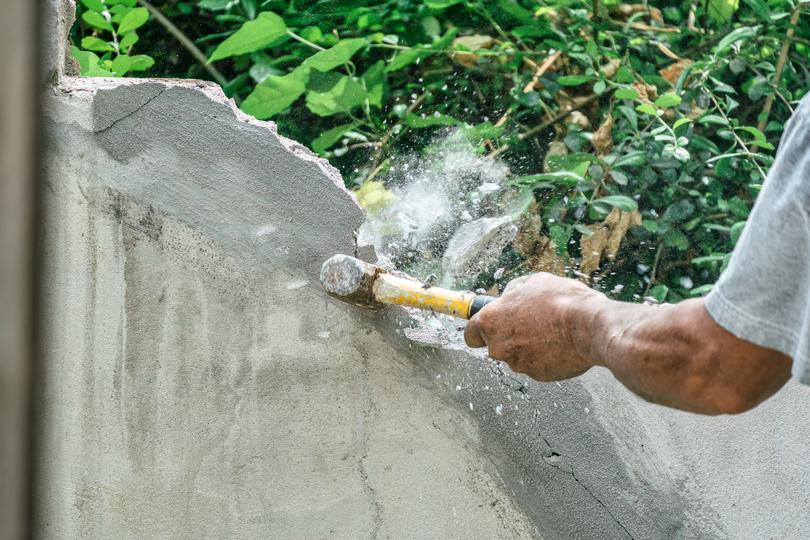
Need a structure removed safely and efficiently? Find experienced demolition contractors for projects big and small.
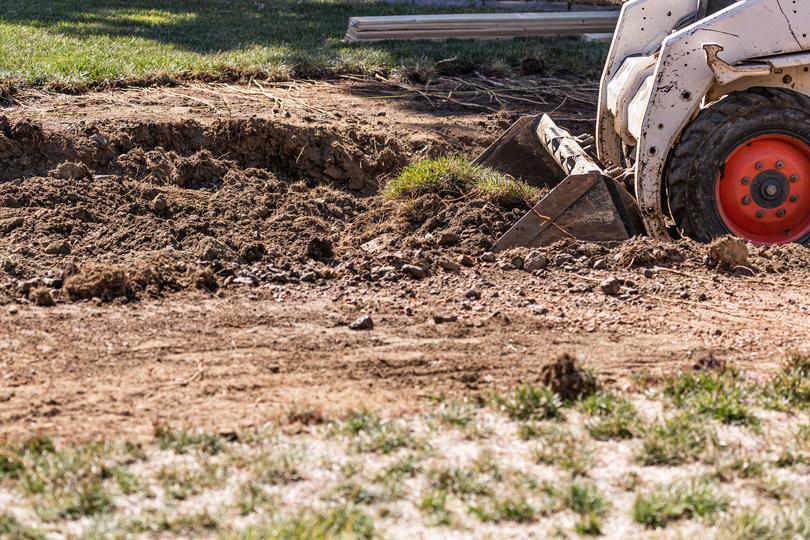
From hauling to delivery, find dirt contractors that can handle your soil and aggregate needs for any project.

Protect your health and property with certified asbestos removal contractors. Find experts in asbestos abatement and disposal.
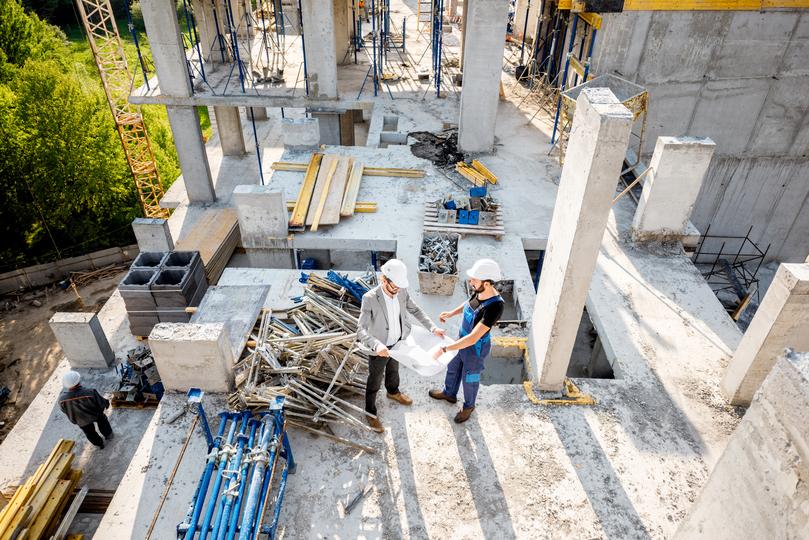
Find reliable and experienced construction companies in your area for new home builds, renovations, and commercial projects.
Protecting Your Home from Asbestos Hazards
Residential Asbestos Removal
ExcavationHQ connects homeowners with licensed asbestos removal specialists to address asbestos concerns in residential properties. Whether you're planning a renovation, suspect asbestos in your insulation, pipes, roofing, or simply want peace of mind, our network of qualified contractors provides safe and reliable asbestos abatement services tailored to your home's needs.

Find reliable excavation contractors near you. Get quotes for site preparation, grading, trenching, and more.

Need a structure removed safely and efficiently? Find experienced demolition contractors for projects big and small.

From hauling to delivery, find dirt contractors that can handle your soil and aggregate needs for any project.

Protect your health and property with certified asbestos removal contractors. Find experts in asbestos abatement and disposal.

Find reliable and experienced construction companies in your area for new home builds, renovations, and commercial projects.
Ready to Get Started with Asbestos Removal?
Find Certified Asbestos Removal Contractors on ExcavationHQ
Protect your health and property with safe and compliant asbestos abatement. Request free quotes and connect with qualified professionals in your area.
Asbestos Removal Glossary
Asbestos
Asbestos-Containing Materials (ACM)
Asbestos Abatement
Asbestos Inspection
Asbestos Testing
Asbestos Removal
Asbestos Encapsulation
Asbestos Enclosure
Friable Asbestos
Non-Friable Asbestos
Negative Air Pressure
HEPA Filter
Personal Protective Equipment (PPE)
Asbestos Disposal
Asbestos Remediation
Frequently Asked Questions about Asbestos Removal
How do I know if I have asbestos in my home?
How much does asbestos removal cost?
What are the dangers of asbestos?
How do I choose an asbestos removal company?
- Licensing and Certification: Verify that the company is licensed, insured, and certified to handle asbestos abatement in your area. Check for certifications from reputable organizations like certification1.
- Experience: Choose a company with extensive experience in asbestos removal, particularly for projects similar to yours.
- Safety Record: Inquire about their safety protocols and accident history. A reputable company prioritizes worker and public safety.
- References and Reviews: Ask for references from previous clients and check online reviews to gauge their reputation and customer satisfaction.
- Detailed Quotes and Contracts: Obtain written quotes outlining the scope of work, costs, and payment terms. Ensure a clear contract is in place before work commences.
Can I remove asbestos myself?
What is the process for asbestos removal?
- Inspection and Assessment: A qualified inspector identifies and assesses the asbestos-containing materials.
- Containment: The work area is sealed off with plastic sheeting and negative air pressure is established to prevent fiber release.
- Removal: Licensed professionals wearing protective gear carefully remove the asbestos-containing materials.
- Disposal: The removed asbestos is sealed in leak-proof containers and transported to a designated disposal facility.
- Air Monitoring and Clearance Testing: Air samples are collected and analyzed to ensure no asbestos fibers remain airborne.
- Restoration: After clearance testing, the work area is cleaned and restored to its original condition. The exact process may vary depending on the specific asbestos removal method and local regulations.
What should I do if I find asbestos in my workplace?
- Assessment: A qualified asbestos professional should assess the condition and location of the asbestos-containing materials.
- Management Plan: Develop an asbestos management plan outlining how the asbestos will be handled, including monitoring, maintenance, or removal if necessary.
- Communication: Inform employees and other building occupants about the presence of asbestos and any planned abatement activities.
- Compliance: Ensure compliance with relevant regulations and safety standards for asbestos management and abatement.
How long does it take to remove asbestos?
What are the different types of asbestos?
- Chrysotile (white asbestos):
- Amosite (brown asbestos):
- Crocidolite (blue asbestos):
- Anthophyllite:
- Tremolite:
- Actinolite:
What is asbestos encapsulation?
What is asbestos enclosure?
What are the regulations regarding asbestos removal in the USA?
How do I dispose of asbestos-containing materials?
- Packaging: Asbestos waste is double-bagged in heavy-duty plastic bags and sealed with asbestos warning labels.
- Transportation: The sealed bags are transported in covered vehicles to a designated asbestos disposal facility.
- Disposal: The asbestos waste is disposed of in a controlled and secure landfill according to local regulations.
What is a licensed asbestos removal contractor?
What is an asbestos survey?
What are asbestos air monitoring and clearance testing?
What are the health effects of asbestos exposure?
- Lung Cancer:
- Mesothelioma:
- Asbestosis:
- Pleural Plaques:
- Pleural Thickening:
- Pleural Effusion:
What is the difference between friable and non-friable asbestos?
What are some common places where asbestos can be found in a building?
- Insulation:
- Flooring tiles and adhesives:
- Roofing materials:
- Textured paints and coatings:
- Ceiling tiles:
- Pipe wrap and insulation:
- Fireproofing materials:
- Siding:
What are the regulations for asbestos in the workplace?
What is an asbestos management plan?
What are the signs of asbestos damage?
- Damaged or deteriorating insulation:
- Cracked, broken, or crumbling asbestos-containing materials:
- Water damage or staining around ACM:
- Friable asbestos debris or dust:
What precautions should be taken during asbestos abatement?
- Containment:
- Respiratory Protection:
- Protective Clothing:
- Decontamination Procedures:
- Waste Disposal:
Where can I find more information about asbestos removal regulations?
- Environmental Protection Agency (EPA): EPA.gov
- Health and Safety Executive (HSE): HSE.gov.uk
- Local Government Environmental Health Department:
How do I know if I have asbestos in my home?
How much does asbestos removal cost?
What are the dangers of asbestos?
How do I choose an asbestos removal company?
- Licensing and Certification: Verify that the company is licensed, insured, and certified to handle asbestos abatement in your area. Check for certifications from reputable organizations like certification2.
- Experience: Choose a company with extensive experience in asbestos removal, particularly for projects similar to yours.
- Safety Record: Inquire about their safety protocols and accident history. A reputable company prioritizes worker and public safety.
- References and Reviews: Ask for references from previous clients and check online reviews to gauge their reputation and customer satisfaction.
- Detailed Quotes and Contracts: Obtain written quotes outlining the scope of work, costs, and payment terms. Ensure a clear contract is in place before work commences.
Can I remove asbestos myself?
What is the process for asbestos removal?
- Inspection and Assessment: A qualified inspector identifies and assesses the asbestos-containing materials.
- Containment: The work area is sealed off with plastic sheeting and negative air pressure is established to prevent fiber release.
- Removal: Licensed professionals wearing protective gear carefully remove the asbestos-containing materials.
- Disposal: The removed asbestos is sealed in leak-proof containers and transported to a designated disposal facility.
- Air Monitoring and Clearance Testing: Air samples are collected and analyzed to ensure no asbestos fibers remain airborne.
- Restoration: After clearance testing, the work area is cleaned and restored to its original condition. The exact process may vary depending on the specific asbestos removal method and local regulations.
What should I do if I find asbestos in my workplace?
- Assessment: A qualified asbestos professional should assess the condition and location of the asbestos-containing materials.
- Management Plan: Develop an asbestos management plan outlining how the asbestos will be handled, including monitoring, maintenance, or removal if necessary.
- Communication: Inform employees and other building occupants about the presence of asbestos and any planned abatement activities.
- Compliance: Ensure compliance with relevant regulations and safety standards for asbestos management and abatement.
How long does it take to remove asbestos?
What are the different types of asbestos?
- Chrysotile (white asbestos):
- Amosite (brown asbestos):
- Crocidolite (blue asbestos):
- Anthophyllite:
- Tremolite:
- Actinolite:
What is asbestos encapsulation?
What is asbestos enclosure?
What are the regulations regarding asbestos removal in the USA?
How do I dispose of asbestos-containing materials?
- Packaging: Asbestos waste is double-bagged in heavy-duty plastic bags and sealed with asbestos warning labels.
- Transportation: The sealed bags are transported in covered vehicles to a designated asbestos disposal facility.
- Disposal: The asbestos waste is disposed of in a controlled and secure landfill according to local regulations.
What is a licensed asbestos removal contractor?
What is an asbestos survey?
What are asbestos air monitoring and clearance testing?
What are the health effects of asbestos exposure?
- Lung Cancer:
- Mesothelioma:
- Asbestosis:
- Pleural Plaques:
- Pleural Thickening:
- Pleural Effusion:
What is the difference between friable and non-friable asbestos?
What are some common places where asbestos can be found in a building?
- Insulation:
- Flooring tiles and adhesives:
- Roofing materials:
- Textured paints and coatings:
- Ceiling tiles:
- Pipe wrap and insulation:
- Fireproofing materials:
- Siding:
What are the regulations for asbestos in the workplace?
What is an asbestos management plan?
What are the signs of asbestos damage?
- Damaged or deteriorating insulation:
- Cracked, broken, or crumbling asbestos-containing materials:
- Water damage or staining around ACM:
- Friable asbestos debris or dust:
What precautions should be taken during asbestos abatement?
- Containment:
- Respiratory Protection:
- Protective Clothing:
- Decontamination Procedures:
- Waste Disposal:
Where can I find more information about asbestos removal regulations?
- Environmental Protection Agency (EPA): EPA.gov
- Health and Safety Executive (HSE): HSE.gov.uk
- Local Government Environmental Health Department: